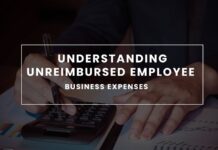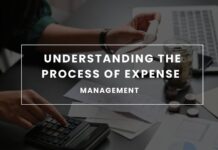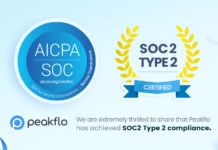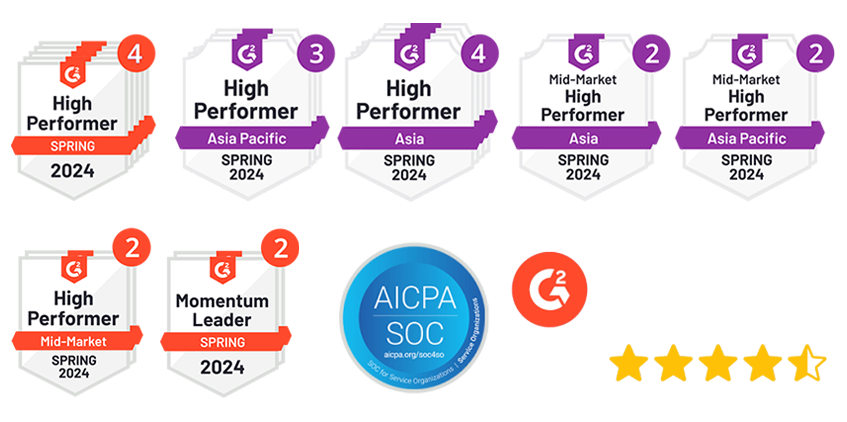Many employees pay for work-related costs like travel, tools, or training. They assume these expenses can be deducted from their taxes. But when tax season comes, they realize they can’t.
Before 2018, workers could claim unreimbursed employee business expenses as tax deductions. But the Tax Cuts and Jobs Act (TCJA) changed the rules. Now, most employees can’t deduct these costs, except for a few groups like reservists, teachers, and performing artists.
So, what are employee business expenses, and who still qualifies for deductions? Knowing the rules can help you manage work costs, avoid tax surprises, and plan ahead. Let’s break it down.
What Are Unreimbursed Employee Business Expenses?
Unreimbursed employee business expenses are work-related costs that employees pay out of pocket but don’t get reimbursed for by their employer. These can include travel, tools, uniforms, and training needed for the job.
Example: Sarah, a sales representative, drives to multiple client meetings each week. Her company does not cover fuel or car maintenance. Since she pays for these costs herself, they count as unreimbursed employee business expenses.
Before 2018, employees like Sarah could deduct these expenses from their taxes. But under the Tax Cuts and Jobs Act (TCJA), most workers can no longer claim these deductions. However, some professionals, like military reservists and performing artists, may still qualify.
Understanding these expenses helps employees manage costs and avoid unexpected tax issues. In the next section, we’ll look at how tax laws have changed and who can still claim deductions.
Tax Regulations and Historical Changes
Tax laws can change over time, affecting what deductions employees can claim. Understanding these changes is important for managing your finances. Many employees pay for work-related expenses out of pocket, expecting tax relief. However, not all costs qualify for deductions, and tax laws change often.
Before 2018: Deductions Were Allowed
Before 2018, employees could deduct unreimbursed business expenses. These were claimed as miscellaneous itemized deductions on Schedule A of Form 1040. However, they were subject to a 2% of adjusted gross income (AGI) limitation. This means you could only deduct the amount that exceeded 2% of your AGI.
Example: If your AGI was $50,000, 2% of that is $1,000. If you had $1,500 in unreimbursed expenses, you could deduct $500 ($1,500 – $1,000).
2018-2025: Deductions Suspended
The Tax Cuts and Jobs Act (TCJA) of 2017 changed many tax rules. One significant change was the suspension of miscellaneous itemized deductions, including unreimbursed employee business expenses, from 2018 through 2025. This means most employees cannot deduct these expenses during this period.
Example: If you had $1,500 in unreimbursed expenses in 2019, you couldn’t deduct any of it due to the TCJA changes.
Exceptions to the Rule
Despite the suspension, certain groups can still deduct unreimbursed employee expenses:
- Armed Forces reservists: Members of a reserve component of the Armed Forces.
- Qualified performing artists: Artists who meet specific criteria regarding income and job expenses.
- Fee-basis state or local government officials: Officials are paid on a fee basis.
- Employees with impairment-related work expenses: Employees with disabilities who have work-related expenses.
These individuals can use Form 2106 to claim their expenses. Learn more about claiming employee business expenses – Form 2106.
Looking Ahead: Possible Reinstatement in 2026
The suspension of these deductions is set to end after 2025. Unless new laws are passed, the rules before the TCJA will return. This means employees may again deduct unreimbursed business expenses, subject to the 2% AGI limitation.
Stay Informed
Tax laws can change, so it’s necessary to stay updated. The IRS provides current information on deductions and other tax matters.
Understanding these historical changes helps you manage your taxes effectively. Now, let’s discuss in detail who is currently eligible to claim these deductions.
Who Can Deduct Employee Business Expenses?
Most employees lost the right to deduct work expenses after the 2017 tax law change. However, some workers can still claim deductions. These include people with specific job roles where expenses are necessary and not covered by an employer.
1. Armed Forces Reservists
Reservists in the Army, Navy, Air Force, Marine Corps, or Coast Guard can deduct travel costs. According to IRS Publication 463, this applies if they travel over 100 miles from home for training or drills. Expenses like lodging, meals, and transportation qualify. Unlike most deductions, these do not require itemizing.
2. Performing Artists with Low Income
Actors, musicians, and other entertainers can deduct job expenses if they meet income rules. It’s stated in IRS Publication 529 that they must have at least two W-2 jobs, earn at least $200 from each, and have a total income under $16,000. Deductible expenses include travel for auditions, costumes, and agent fees.
3. Fee-Based Government Officials
Some state and local government workers are paid per service rather than a salary. These officials can deduct work expenses like office supplies, transportation, and professional fees under IRS Tax Topic No. 417.
4. Employees with Disabilities
Workers with disabilities can deduct expenses for tools or services needed for their jobs. This may include special software, assistive devices, or interpreters. According to IRS Publication 502, unlike other work deductions, these are not limited by income rules.
Understanding who can still claim deductions is just one part. It is also important to know which work expenses qualify and how they fit within tax rules. Let’s look at the types of employee business expenses that may still be deductible.
Types of Deductible Employee Business Expenses
Not all work-related expenses qualify for tax deductions. The IRS only allows deductions for expenses that are ordinary (common in your profession) and necessary (helpful for performing your job). These expenses must also be directly related to your work and not reimbursed by your employer. If your employer covers the cost or provides a reimbursement, you cannot claim it as a deduction.
Here are some common types of deductible employee business expenses:
1. Travel Expenses
Work-related travel costs can be deducted if the trip is required for your job and takes you away from your tax home for longer than a normal workday. This includes airfare, hotel stays, rental cars, and meals.
Example: A reservist in the armed forces is required to attend training more than 100 miles from home; he can deduct lodging and transportation expenses. However, commuting from home to a regular workplace is not deductible, even if the workplace is far away.
2. Work-Related Education
Education expenses qualify if they improve your skills in your current job or are required by your employer to maintain your position. However, courses that qualify you for a new career or a different role are not deductible.
Example: A certified public accountant who takes continuing education courses to maintain their license can deduct tuition, books, and certain fees. But if the same CPA decides to study law to become an attorney, those costs would not be deductible since they are preparing for a new career.
3. Professional Fees
Certain employees must pay professional membership fees as a job requirement. These expenses can be deducted if they are necessary for employment.
Example: A fee-based government official, like a public defender who must pay bar association fees, can deduct these costs if they are not reimbursed.
4. Tools, Supplies, and Uniforms
Some employees must purchase tools, protective gear, or work uniforms that are necessary for their jobs. These costs are deductible only if they are not suitable for everyday wear.
Example: A construction worker required to buy steel-toe boots and safety goggles can deduct the cost. However, a business professional who buys suits for office wear cannot claim them as a deduction because suits can be worn outside of work.
Why Is Tracking Employee Business Expenses Important?
Many employees overlook deductions because they assume their employer covers all costs. Keeping detailed records and understanding which expenses qualify can help reduce taxable income.
Tracking deductible expenses is important, but understanding how employer reimbursements affect your ability to claim them is just as important.
Employer Reimbursement vs. Tax Deductions
Many employees pay for work-related costs. But not all of them can get a tax deduction. Some get reimbursed by their employer, while others pay out of pocket. The way an expense is handled affects whether it can be deducted on a tax return.
What Happens When Employers Reimburse Expenses?
Some companies pay back employees for business expenses. This is called expense reimbursement. It applies to costs like travel, office supplies, or work-related training.
If an employer reimburses an expense under an accountable plan, it is not taxed. The employee does not report it as income, and they cannot claim a deduction for it.
Example: A salesperson spends $500 on a work trip, and their company reimburses them, so he cannot deduct that cost. The IRS only allows deductions for unreimbursed expenses.
When Can Employees Deduct Expenses?
Employees who pay for work costs with their own money may qualify for a tax deduction, but only if they fit into certain job categories.
Example: A self-employed graphic designer who buys design software can deduct that expense. Since no employer reimburses them, it qualifies as a deductible business expense.
Comparison: Reimbursement vs. Tax Deductions
Both employer reimbursement and tax deductions help cover work-related costs, but they follow different tax rules. This table highlights the key differences.
| Feature | Employer Reimbursement | Tax Deduction |
| Who qualifies? | Employees with a company reimbursement plan | Specific workers like reservists and educators |
| Who pays? | Employer covers the cost | Employee pays out-of-pocket |
| Tax impact | Not included in taxable income | Deducted from taxable income if eligible |
| IRS rules | Must follow an accountable plan | Must meet IRS deduction rules |
| Example | Employer pays for a hotel stay on a work trip | Self-employed worker deducts software costs |
To avoid tax issues, employees should check if they qualify for deductions. Keeping detailed records of expenses is important for both tax filing and reimbursement claims.
Now, let’s learn the best ways to track and manage employee business expenses effectively.
Best Practices for Managing Employee Business Expenses
Managing employee business expenses properly helps prevent errors, delays, and compliance issues. Clear policies, accurate tracking, and the right tools can make the process smoother. Here are the best ways to handle these expenses efficiently.
1. Establish a Clear Expense Policy
Employees should know what expenses are covered and how to submit claims. A written policy should outline approved expense categories, such as travel, meals, and office supplies. It should also set spending limits, specify required documentation like receipts and invoices, and establish deadlines for submitting reimbursement requests.
For example, a company may set a daily meal allowance of $50 for work trips. If employees exceed this limit, they must cover the extra cost.
2. Use Expense Management Software
Manual tracking can lead to lost receipts and errors. Digital tools help employees submit expenses easily and allow businesses to monitor spending in real-time. Software like Peakflo automates receipt scanning, tracks approvals and rejections, and syncs with accounting systems. This reduces paperwork and speeds up reimbursements.
3. Gather Required Documentation
Missing receipts can lead to compliance issues. Employees should always provide a receipt or invoice for each expense, along with a brief note explaining the business purpose. They should also include details such as the date, location, and vendor.
For example, if an employee buys office supplies, they should attach the receipt and note, “Pens and notepads for the marketing team’s client meeting.”
4. Set Up Approval Workflows
A structured approval process prevents fraud and excessive spending. Companies should assign approvers for different expense types, set limits for automatic approvals, and require additional approvals for large expenses.
For instance, an HR manager may approve travel expenses under $500, while anything above requires finance team approval.
5. Reimburse Employees on Time
Delays in reimbursements can frustrate employees. Companies should establish a set schedule for processing payments, such as twice a month. Using direct deposits instead of paper checks can also speed up the process and improve employee satisfaction.
6. Monitor and Audit Expenses Regularly
Reviewing expense reports helps catch errors and policy violations. Businesses should compare past reports to identify spending patterns, flag duplicate or unusual claims, and conduct random audits to ensure compliance.
For example, if an employee frequently submits meal expenses above the policy limit, managers can address the issue before it escalates.
7. Educate Employees on Expense Policies
Regular training ensures that employees understand the rules. Companies can hold short workshops on submitting expense reports, send email reminders about policy updates, and create a simple FAQ guide for employees. Well-informed employees are less likely to make mistakes or miss deadlines.
8. Keep Business and Personal Expenses Separate
Employees should not mix personal and business expenses. Businesses can provide corporate credit cards for work-related spending to reduce confusion and simplify tracking. This ensures clear financial records and prevents disputes over reimbursements.
9. Stay Updated on Tax Regulations
Tax laws change, affecting what expenses are deductible. Businesses should consult tax professionals for compliance, update policies based on new tax rules, and educate employees on changes in deductions.
For example, if the government reinstates deductions for unreimbursed expenses in 2026, companies may need to adjust their policies accordingly.
Managing employee business expenses well improves financial transparency and keeps employees satisfied. With clear policies, the right tools, and regular audits, companies can prevent errors and maintain compliance.
How Peakflo Can Help with Unreimbursed Employee Business Expenses
Employees often struggle with business expenses. They pay out of pocket, wait for approvals, and deal with unclear policies. Peakflo makes expense management simple. It helps companies track, approve, and reimburse expenses quickly.
1. Set Clear Policies to Prevent Unreimbursed Expenses
Many employees pay their own money because policies are unclear. Peakflo allows companies to set detailed expense policies so employees know exactly what they can claim.
Businesses can also set a default policy for all employees. If policies change, admins can update them easily. This ensures employees do not spend money on items they won’t get reimbursed for.
2. Automate Expense Submission and Reduce Errors
Employees no longer need to type in details or save paper receipts. With AI-powered expense scanning, Peakflo reads receipts and fills in the details automatically. This saves time, reduces mistakes, and speeds up reimbursements.
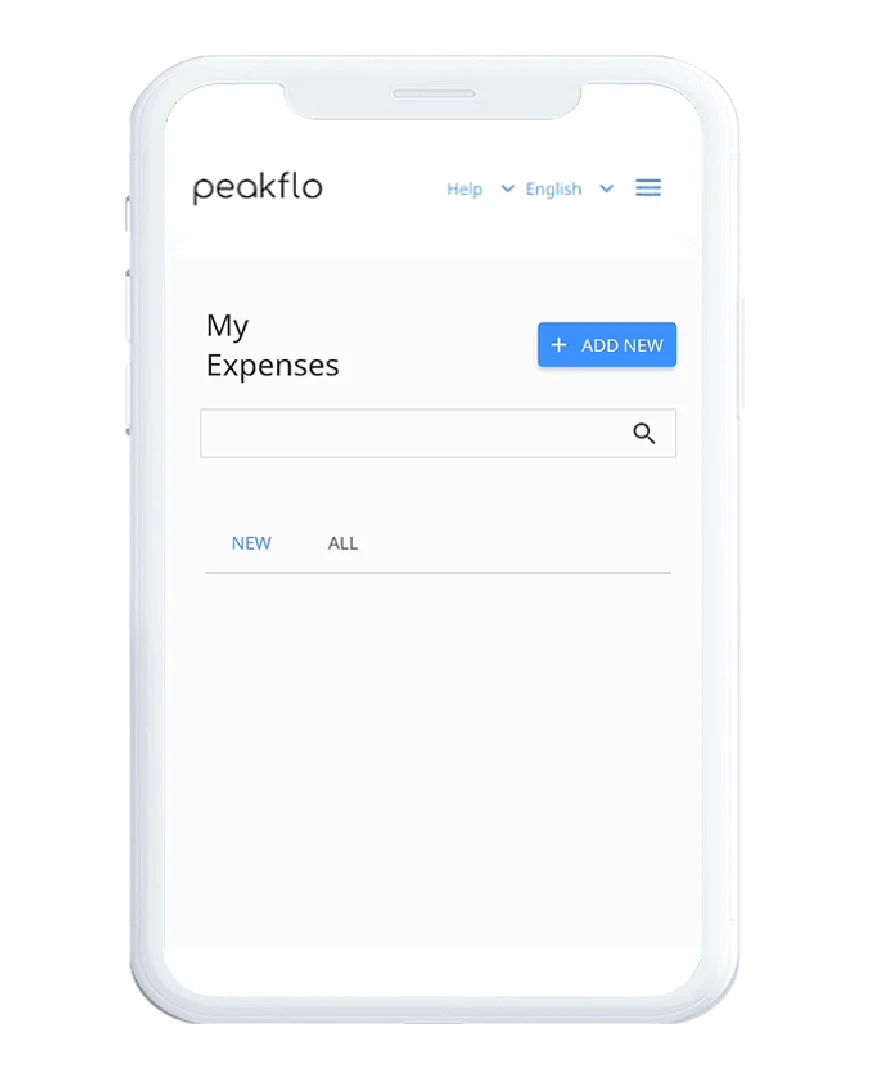
3. Speed Up Approvals and Prevent Delays
Waiting for approvals can take weeks. Peakflo automates approval routing by sending requests to the right managers. If an approver is unavailable, it reroutes the request to a backup. Managers get instant notifications via email, Slack, or WhatsApp, so they approve expenses faster.
4. Ensure Compliance and Stop Fraud
Peakflo makes sure all expenses are accurate. It automatically checks receipts against expense claims and flags any mismatches. It also detects duplicate invoices to prevent overpayments. These features help businesses avoid fraud, reduce costs, and follow company policies.
5. Simplify Travel and Mileage Reimbursements
Employees who travel for work need quick reimbursements. Peakflo allows businesses to set fixed fuel rates so that mileage claims are accurate. It also offers per diem expense limits based on location or travel time. This prevents overspending while ensuring employees are paid fairly.
Peakflo helps businesses manage expenses without hassle. It automates submissions, approvals, and reimbursements, reducing manual work for finance teams.
Conclusion
Managing employee business expenses can be a headache. Employees often pay out of pocket and wait weeks for reimbursements. Finance teams struggle with lost receipts, policy violations, and manual approvals. These delays cause frustration and make expense tracking a challenge.
Peakflo takes the stress out of expense management. Employees can scan receipts instantly, managers get real-time approval alerts, and finance teams gain full visibility over spending. With automated approvals, policy enforcement, and seamless accounting integration, you can cut down on delays, prevent errors, and keep expenses under control.
Tired of chasing receipts and processing manual reports? Switch to Peakflo and simplify your expense management today. Book a demo now and see how Peakflo can help your business save time and money!


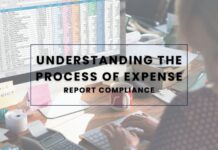







![Why AI Sales Calls Are Making Good Sales Reps Even Better [2025 Guide] ai sales calls](https://blog.peakflo.co/wp-content/uploads/2025/09/65168cf6-3001-4733-8cbc-12d5684cf449-218x150.webp)

